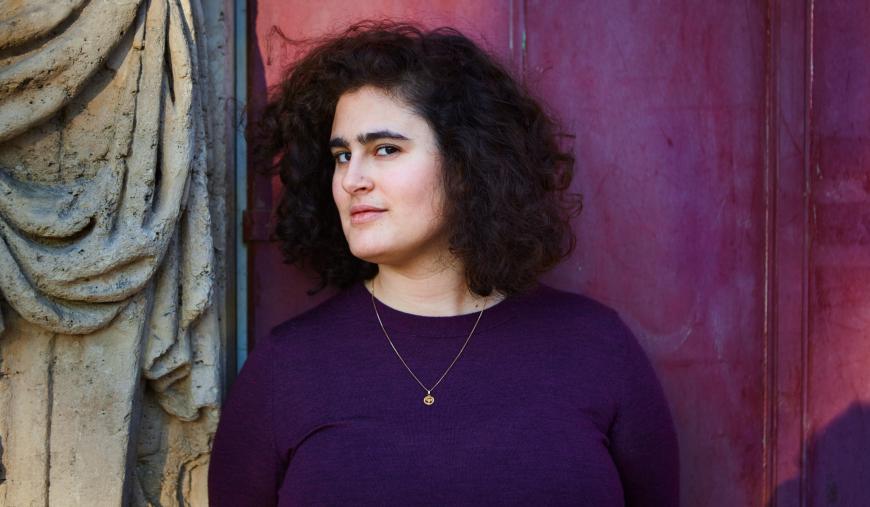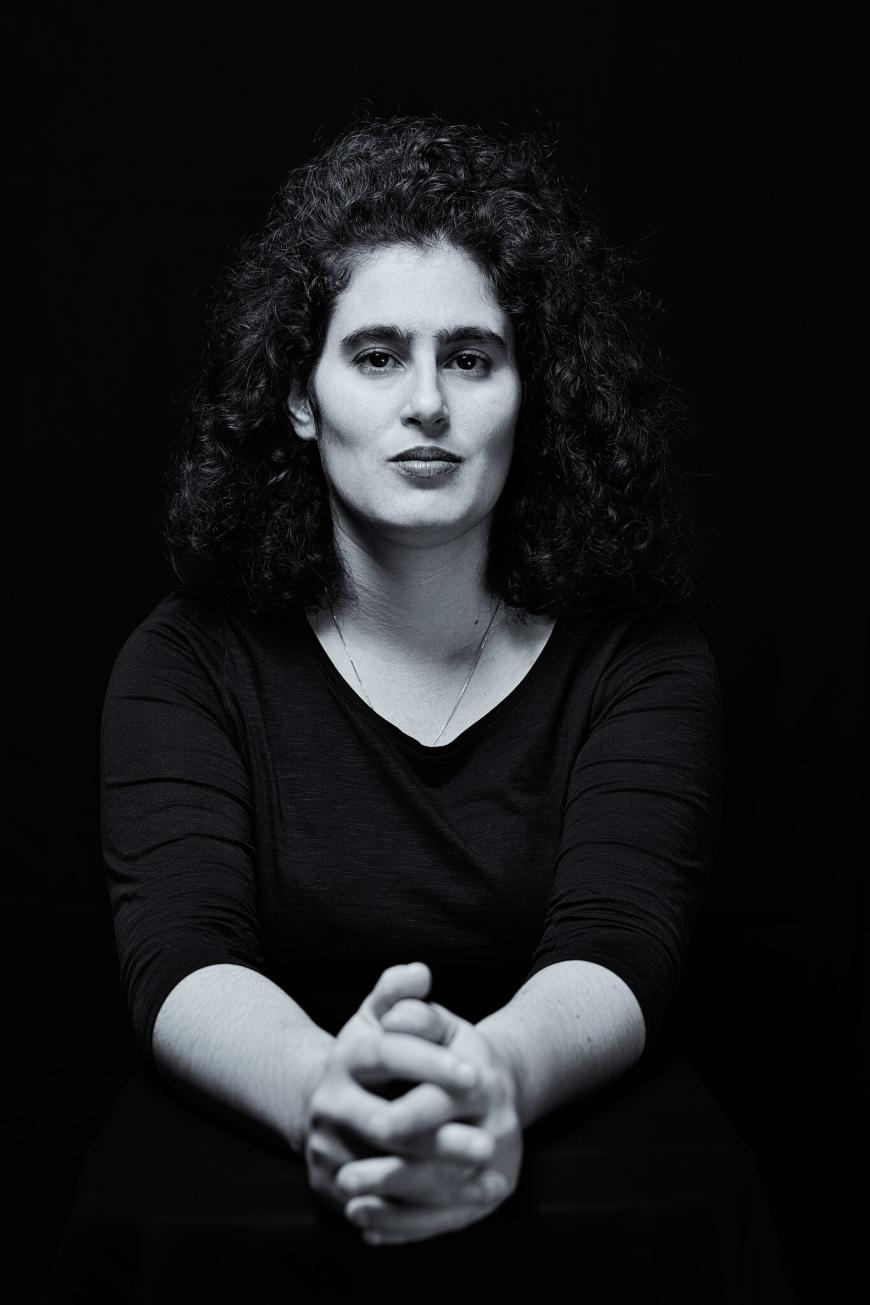
In an interview from Paris, harpsichordist Lillian Gordis says all music “incarnated” and played live, in person, and by a human being is new. The Berkeley-born musician was in the City of Light for a short respite from her current teaching position as visiting assistant professor of harpsichord at Oberlin Conservatory of Music.
So, when Gordis, her instrument, a modern audience, and the work of composers William Byrd, John Bull, and J.S. Bach are brought together in a performance on Nov. 4 at St. Alban’s Episcopal Church in Albany, that music will once again become new. The special homecoming concert is presented by MusicSources.
Gordis began her training on the harpsichord at age 9, studying with Kathy Perl. Intrigued by Pierre Hantaï’s recording of Bach’s The Well-Tempered Clavier, she sent the French harpsichordist a letter expressing her interest in studying with him or at least receiving a private lesson during his fortuitously timed tour stop with Jordi Savall in Berkeley. Encouraged by Hantaï to come to France to study, Gordis leapt across the Atlantic Ocean at age 16 to continue working with him and with harpsichordist Bertrand Cuiller.
The rest, as they say, is history, with Gordis now giving regular and acclaimed performances throughout Europe and the United States as a soloist and as a duo partner with Jérôme Hantaï. Her first album, Zones, explored the sonatas of Domenico Scarlatti. Her second and most recent album, Bach, was awarded a Diapason d’Or and has received widespread critical praise.
The concert Gordis brings to the Bay Area next month is intended to highlight the universality of polyphonic writing through three composers’ music and to present the harpsichord as a dynamic instrument capable of color and complexity and of imitating any and all instruments and voices. She says the works by Byrd, Bull, and Bach on the program might reveal intimate associations, such as how a motif or cadential formula in a Bach fugue could have been lifted from a Byrd fantasia.
“While Bach’s writing is often futuristic in certain ways, he also drew heavily on antiquated contrapuntal forms of composition,” Gordis explains in technical terms. “Both eras are transitional — [Byrd and Bull in] Elizabethan England as the Renaissance drew to a close, and Bach as the last master of stile antico [the “ancient style” of polyphony]. The pivotal piece on the program, Bull’s Hexachord Fantasia, modulates [a scale fragment through] all the keys using enharmonic modulation, something practically unheard of in its time. The transition into the four selections from Bach’s Well-Tempered Clavier, Book II, becomes self-evident, and I have constructed a matching modulation to mirror Bull’s audacity. The language of polyphony — perhaps because it is fundamentally dialogue, which is what human communication is based on — is one that crosses time and space with remarkable ease, and the experience of hearing it is always relevant. I found myself astounded at how coherently these pieces fit together.

“The overarching theme of this program is polyphony,” Gordis continues, “or playing multiple independent voices at once. Playing polyphony is probably the most satisfying experience as a musician — especially the challenge of creating all these parts at the same time with only two hands at the keyboard. It is an incredible opportunity to pretend to be a whole vocal ensemble or viol consort and to push yourself to create as much sound and variety as four to six different people might.”
Gordis says Byrd and Bull pose similar but varied challenges that require different degrees of virtuosity and different approaches to keyboard playing. Playing Bach, she admits, is simply a tremendous joy. “The challenges [of Bach] are endless, but [if asked to speak on one,] I would probably focus on the difficulty of rendering coherent contrapuntal lines in a very evolved and abstract style in keys that are challenging and unusual in harpsichord repertoire. The biggest challenge of the program overall is my decision to request the audience not to applaud or break concentration in any way for the full 90 minutes. It is a magical experience in the suspension of time but also extremely difficult, as the performer, to maintain concentration for the full duration. These are the kind of challenges that make solo recitals so interesting.”
Gordis likens the upcoming concert to a tasting menu, through which people immerse themselves in various flavors and experience a suspension of time and place.
As for historically informed performance, Gordis says the movement, born out of the counterculture, must be carried forward without reproducing the same hierarchal and institutional burdens that it intended to break away from in its origins. “The experience of grappling with uncertainty and the humility to accept a lack of absolute responses is one that I hope to pass on during this year at Oberlin,” she says.
Turning her gaze back to the concert, she concludes, “Music only truly exists in the moment of being played and needs to be incarnated by a living being to exist in its full form. For me, any music that is being played live today is new.”
Correction: Lillian Gordis’s first harpsichord teacher was Kathy Perl and not Laurette Goldberg as a previous version of this article stated. We regret the error.



